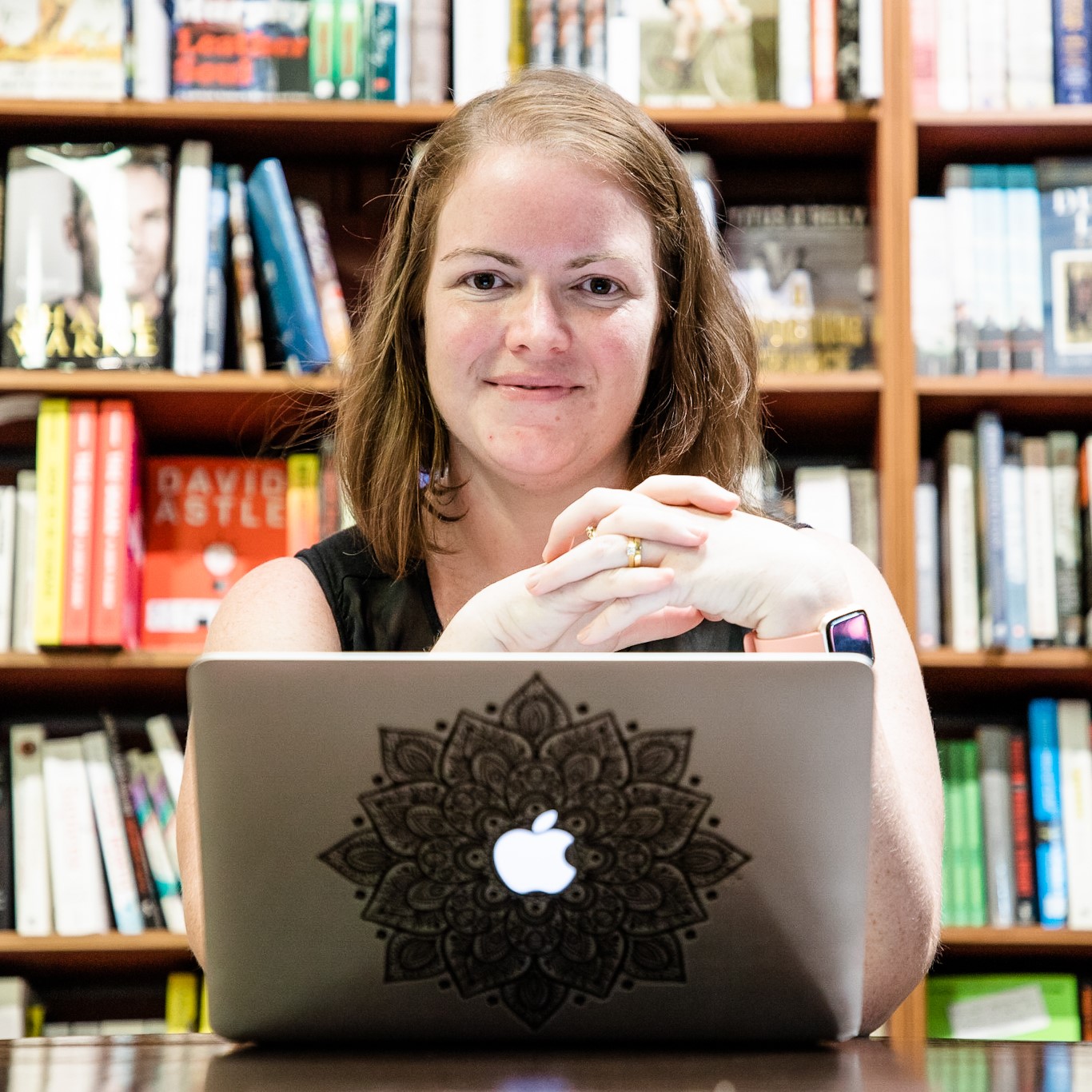When working with kids, pets or adults who have eyes that blink, inevitably at some point you are going to take a perfect photo that is ruined by that one person who just cannot look at the camera at the right time.
Let’s look at how to fix that by swapping faces in Photoshop!
Open two photos, ready to swap faces in Photoshop
Start by finding the almost-perfect photo and the photo with the replacement face. Open both in Photoshop. If you are going to edit the photos in Lightroom or Lightroom Classic, make sure you either replace faces after editing both, or before editing either. You want your edits to match on both files.
Pick the image with the replacement face, hit Ctrl-A to select all, Ctrl-C to copy, then click into the almost-perfect photo and hit Ctrl-V to paste (if you’re on a Mac, use Cmd instead of Ctrl).
You can complete the above in two clicks in your Lightroom Classic workflow, by selecting both photos, right-clicking, then selecting Open in Photoshop as Layers.
You now have two layers in one image, with the top layer the replacement and the bottom the almost-perfect version.
Align two photos in Photoshop automatically
Select both layers (use Ctrl-click to select both) and then hit Edit and Auto-Align Layers.
In the dialog that opens, leave it on Auto and hit OK.
Depending on the images, the alignment may shift one of the layers quite a lot. I used a tripod for these, so my images were basically already aligned.
Mask the replacement layer before painting in the replacement face
With the top layer selected, click the Add Layer Mask button (the rectangle with a circle in the center).
A white rectangle appears next to the replacement layer. Layer masks work by white being “opaque” and black being “transparent.” You can think of black as being a “hole” punched through the layer mask, to see what’s behind.

Our white layer mask is therefore completely opaque, so nothing underneath the replacement layer is visible. We need to invert this layer, so that our replacement layer becomes transparent, thus showing the almost-perfect photo underneath.
With the layer mask selected, hit Ctrl-I to invert the mask, turning it black (and transparent).
Use the brush tool to paint in the replacement face
The person I want to switch faces is this little guy here (my nephew). He looks happier in my replacement photo! Now I need to paint in his replacement face. With the mask still selected, select the Brush tool, and size it to suit. Make sure the brush hardness is low, to avoid obvious edges.

Start painting over the face you want to replace. As you paint, you may notice that the faces on each layer are not perfectly aligned. This is common because the auto alignment will act off fixed features like the architecture. To correct this, select the image layer (the rectangle with the image, not the layer mask), and then use the Move tool and the arrow keys on your keyboard to nudge the replacement face until it aligns properly with the almost-perfect image underneath.
Zooming out, you can toggle the visibility of the replacement layer to check how your replacement looks!
Swapping faces in Photoshop is a quick fix but can be avoided
It’s an easy fix, but you can save yourself the time with strategies like getting all adults to look fixedly at the camera while the photographer then works with the kids in the scene. And when even that fails, now you know what to do to save your almost-perfect photo.



















